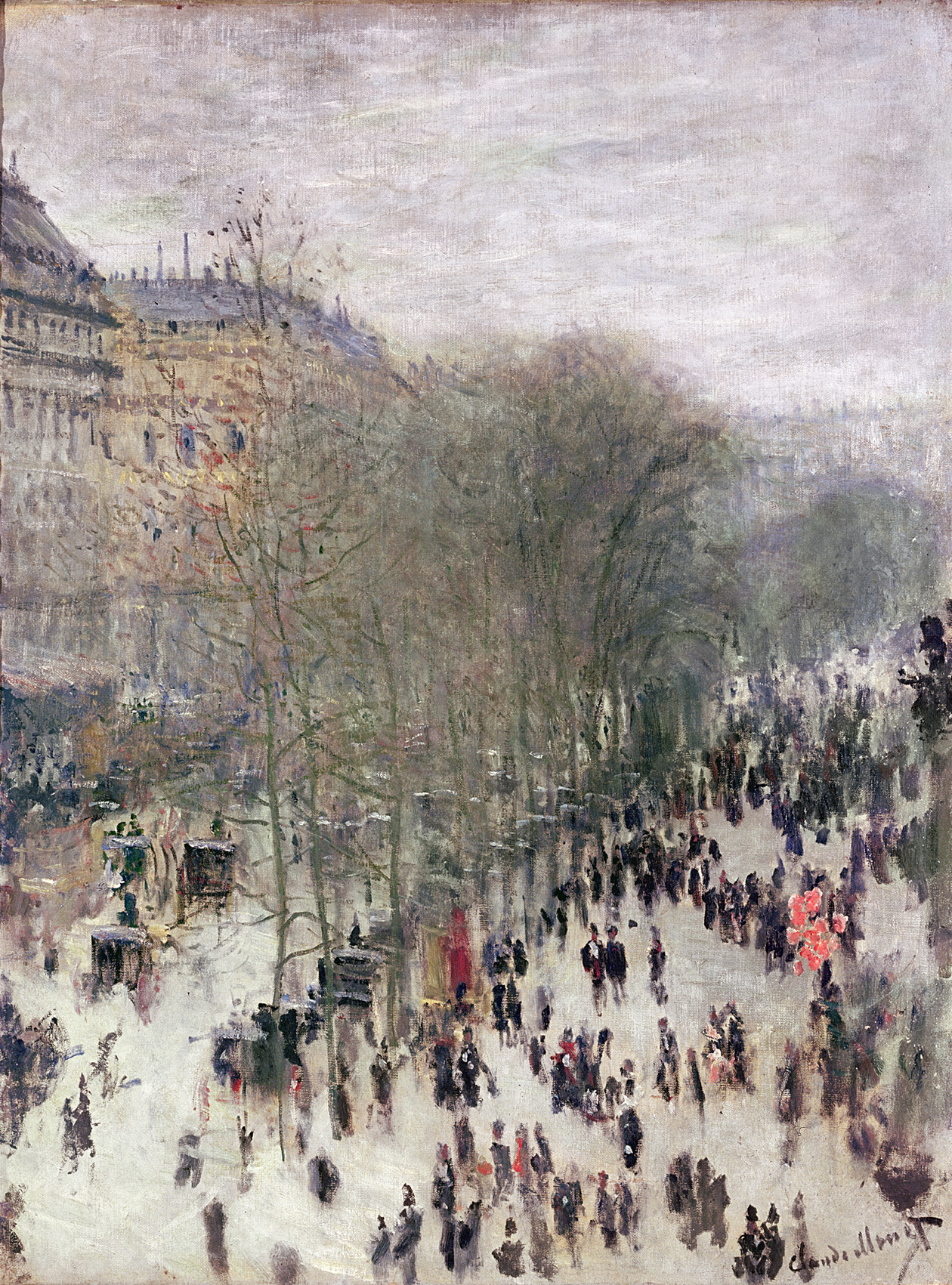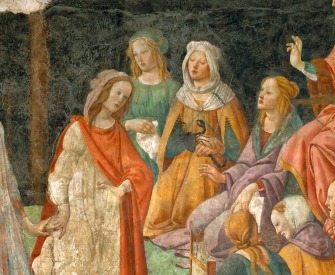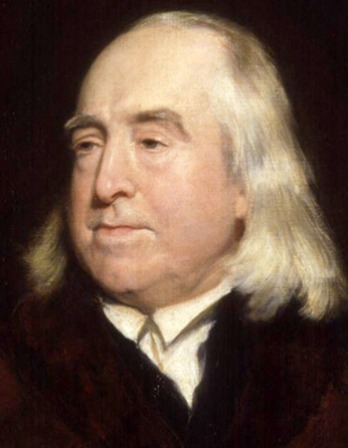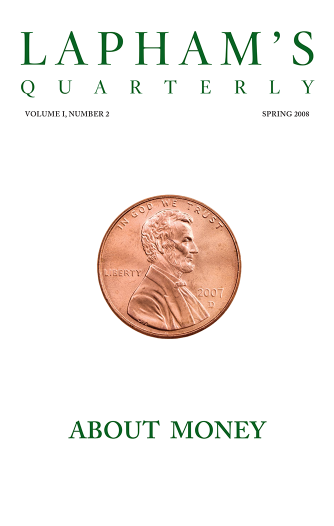Anything was good enough so long as it paid—say, five dollars a week to begin with. A shopgirl was the destiny prefigured for the newcomer. Sister Carrie would get in one of the great shops and do well enough until—well, until something happened. Things would go on, though, in a dim kind of way until the better thing would eventuate, and Carrie would be rewarded for coming and toiling in the city. It was under such auspicious circumstances that she started out this morning to look for work.
Before following her in her round of seeking, let us look at the sphere in which her future was to lie. Chicago had the peculiar qualifications of growth which made such adventuresome pilgrimages even on the part of young girls plausible. Its many and growing commercial opportunities gave it widespread fame, which made of it a giant magnet drawing to itself from all quarters the hopeful and the hopeless—those who had their fortune yet to make and those whose fortunes and affairs had reached a disastrous climax elsewhere. It was a city of over 500,000, with the ambition, the daring, the activity of a metropolis of a million. Its streets and houses were already scattered over an area of seventy-five square miles. Its population was not so much thriving upon established commerce as upon the industries which prepared for the arrival of others. The sound of the hammer engaged upon the erection of new structures was everywhere heard. Great industries were moving in. The huge railroad corporations which had long before recognized the prospects of the place had seized upon vast tracts of land for transfer and shipping purposes. Streetcar lines had been extended far out into the open country in anticipation of rapid growth. The city had laid miles and miles of streets and sewers through regions where, perhaps, one solitary house stood out alone—a pioneer of the populous ways to be. There were regions open to the sweeping winds and rain, which were yet lighted throughout the night with long, blinking lines of gas lamps, fluttering in the wind. Narrow boardwalks extended out, passing here a house, and there a store, at far intervals, eventually ending on the open prairie.
In the central portion was the vast wholesale and shopping district, to which the uninformed seeker for work usually drifted. It was a characteristic of Chicago then, and one not generally shared by other cities, that individual firms of any pretension occupied individual buildings. The presence of ample ground made this possible. It gave an imposing appearance to most of the wholesale houses, whose offices were upon the ground floor and in plain view of the street. The large plates of window glass, now so common, were then rapidly coming into use, and gave to the ground-floor offices a distinguished and prosperous look. The casual wanderer could see as he passed a polished array of office fixtures, much frosted glass, clerks hard at work, and genteel businessmen in “nobby” suits and clean linen lounging about or sitting in groups. Polished brass or nickel signs at the square stone entrances announced the firm and the nature of the business in rather neat and reserved terms. The entire metropolitan center possessed a high and mighty air calculated to overawe and abash the common applicant, and to make the gulf between poverty and success seem both wide and deep.

Boulevard des Capucines, by Claude Monet, c. 1873. Nelson-Atkins Museum of Art, Kansas City, Missouri.
Into this important commercial region the timid Carrie went. She walked east along Van Buren Street through a region of lessening importance, until it deteriorated into a mass of shanties and coalyards, and finally verged upon the river. She walked bravely forward, led by an honest desire to find employment and delayed at every step by the interest of the unfolding scene and a sense of helplessness amid so much evidence of power and force which she did not understand. These vast buildings, what were they? These strange energies and huge interests, for what purposes were they there? She could have understood the meaning of a little stonecutter’s yard in her hometown Columbia City, carving little pieces of marble for individual use, but when the yards of some huge stone corporation came into view, filled with spur tracks and flat cars, transpierced by docks from the river and traversed overhead by immense trundling cranes of wood and steel, it lost all significance in her little world.
It was so with the vast railroad yards, with the crowded array of vessels she saw at the river, and the huge factories over the way, lining the water’s edge. Through the open windows she could see the figures of men and women in working aprons, moving busily about. The great streets were wall-lined mysteries to her; the vast offices, strange mazes which concerned far-off individuals of importance. She could only think of people connected with them as counting money, dressing magnificently, and riding in carriages. What they dealt in, how they labored, to what end it all came, she had only the vaguest conception. It was all wonderful, all vast, all far removed, and she sank in spirit inwardly and fluttered feebly at the heart as she thought of entering any one of these mighty concerns and asking for something to do—something that she could do—anything.
From Sister Carrie. The ninth of ten surviving children, Dreiser grew up in poverty and moved often between small Indiana towns and Chicago. After various marital and familial hardships, as well as the poor sales of this first novel, he fell into a suicidal depression and went to a sanitarium in 1901. He worked for nine years as an editor of women’s magazines and published An American Tragedy in 1925.
Back to Issue






